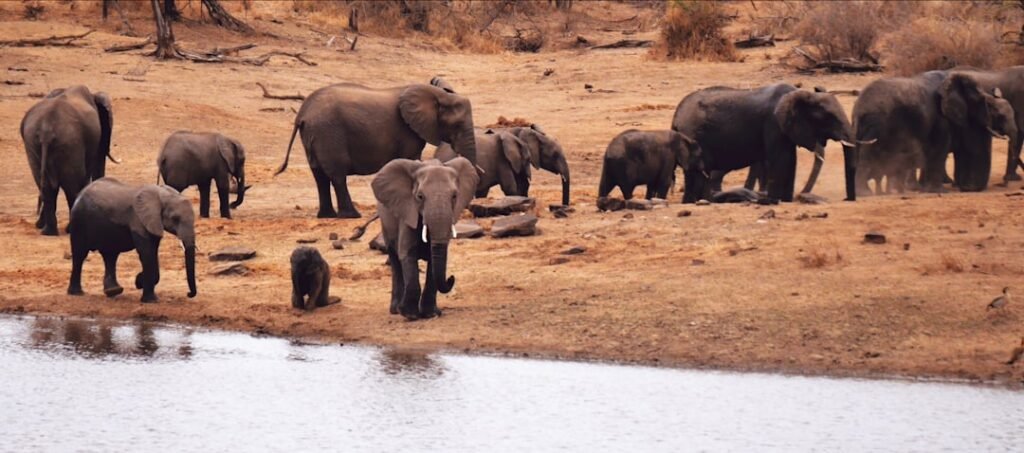There was a time when the icy winds of the Ice Age swept across Britain, and the land was a vast, frozen wilderness. This was a world where majestic creatures roamed, their presence both intimidating and awe-inspiring. As we delve into the fascinating world of Britain’s Ice Age giants, we uncover tales of survival, adaptation, and the ever-changing dance between species and their environment. Imagine a landscape dominated by colossal mammals, each playing a crucial role in the ecosystem. Feel the chill of the cold era as we journey back in time to explore these magnificent beings.
The Majestic Cave Lions

Cave lions, or Panthera spelaea, were among the most formidable predators of the Ice Age. These mighty beasts were larger than today’s African lions, boasting a robust build and powerful limbs. They roamed the frozen plains of Britain, preying on large herbivores such as deer and bison. Their keen sense of smell and acute vision made them adept hunters, often working in packs to take down their prey. The cave lion’s thick fur was an adaptation to the cold climate, allowing them to thrive in harsh conditions. These lions were not just predators; they were symbols of strength and resilience in a frozen world.
The Woolly Rhino: A Survivor of the Cold
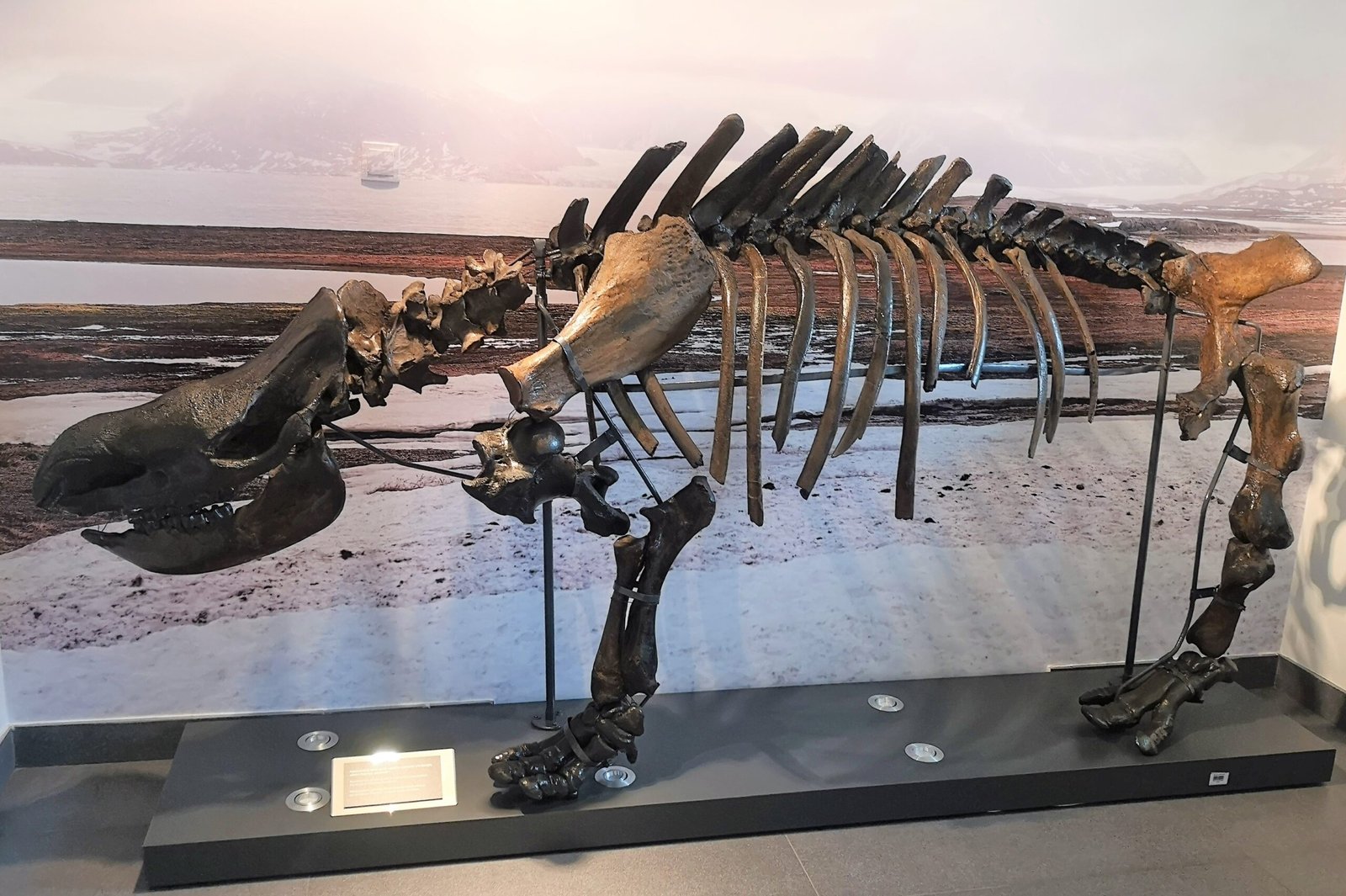
The woolly rhino, Coelodonta antiquitatis, was a remarkable creature well-suited to the cold, arid climate of the Ice Age. With a body covered in thick, shaggy fur and a massive hump of fat on its back for insulation, this rhino was a true survivor. Its two large horns were used for defense and foraging through snow to reach vegetation. The woolly rhino’s adaptation to the cold is a testament to nature’s ingenuity. Despite their formidable defenses, they faced threats from predators and changing climates. The woolly rhino’s story is one of endurance and adaptation in a world of ice.
The Mammoth Comeback
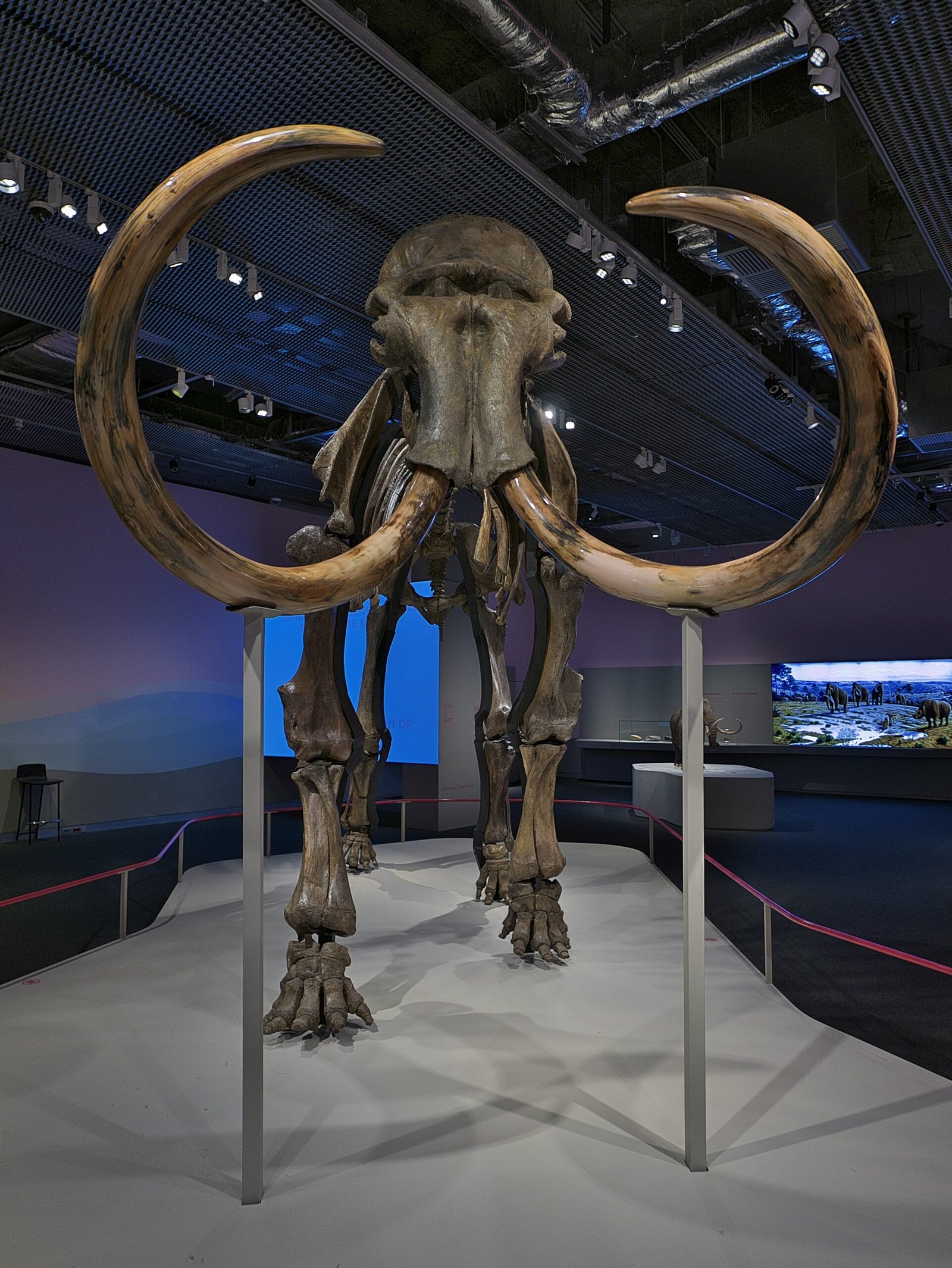
Mammoths, particularly the woolly mammoth, Mammuthus primigenius, were iconic figures of the Ice Age. With their long, curved tusks and shaggy coats, they were perfectly adapted to the cold, harsh environment. These gentle giants roamed in large herds, migrating across vast distances in search of food. Their presence shaped the landscape, influencing vegetation patterns and providing sustenance for predators. Today, the idea of a mammoth comeback tantalizes scientists, with advances in genetics sparking discussions of de-extinction. The mammoth’s potential return offers a glimpse into the future of conservation and the ethical implications of reviving extinct species.
The Ice Age Ecosystem
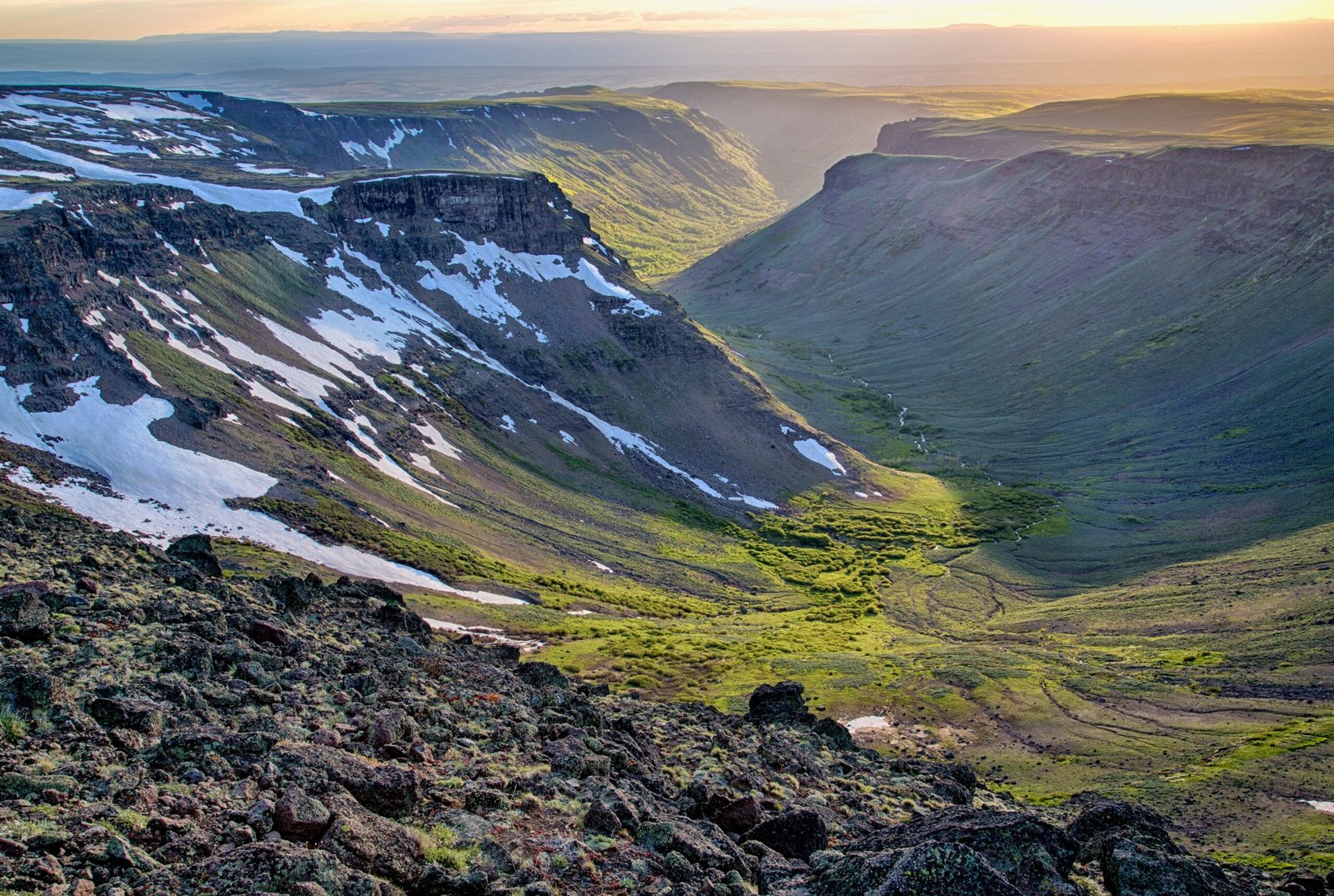
The Ice Age was a period of dynamic ecological interaction, with each species playing a vital role in maintaining the balance of nature. Predators like cave lions kept herbivore populations in check, while mammoths and woolly rhinos influenced plant life through their grazing. This intricate web of life was shaped by the harsh climate, driving evolution and adaptation. The Ice Age ecosystem was a testament to the resilience of life, showcasing the delicate balance between survival and extinction. Understanding this ecosystem helps us appreciate the complexity of nature and the importance of preserving biodiversity.
Adaptations to the Cold
Surviving the Ice Age required remarkable adaptations, as the freezing temperatures and scarce resources presented significant challenges. Thick fur, layers of fat, and specialized diets were common adaptations among Ice Age giants. Cave lions developed powerful muscles and strong jaws for hunting, while woolly rhinos and mammoths evolved to withstand frigid conditions. These adaptations highlight the incredible ability of life to persist in the face of adversity. By studying these ancient creatures, we gain insights into how species can adapt to changing environments, offering lessons for modern conservation efforts.
The Role of Climate Change
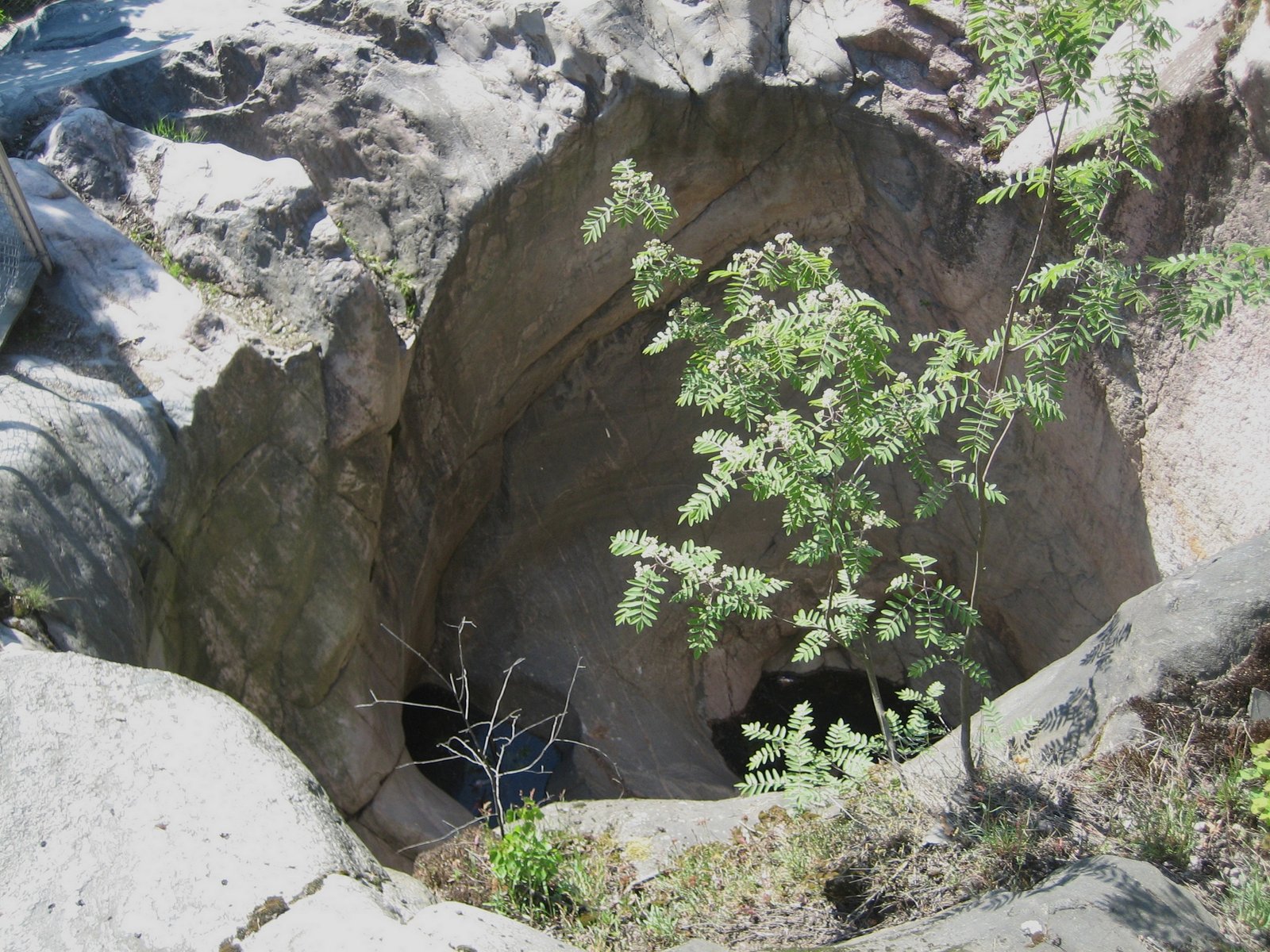
Climate change played a pivotal role in shaping the fate of Ice Age giants. As temperatures fluctuated, habitats transformed, forcing species to adapt or face extinction. The end of the Ice Age brought significant warming, altering ecosystems and leading to the decline of many large mammals. This historical perspective underscores the profound impact of climate on biodiversity. Today, as we confront modern climate change, the lessons of the Ice Age remind us of the delicate balance between species and their environment. Understanding these past events can inform our approach to current environmental challenges.
The Mystery of Extinction
The extinction of Ice Age giants remains a subject of intrigue and debate. While climate change undoubtedly played a role, human activity is also believed to have contributed to their decline. Overhunting and habitat disruption may have pushed these species to the brink. The mystery of their extinction serves as a cautionary tale, highlighting the complex interplay between natural forces and human influence. As we explore the past, we are reminded of the responsibility we bear in safeguarding the future of Earth’s biodiversity. The story of these giants is a call to action for conservation and sustainability.
The Legacy of Ice Age Giants
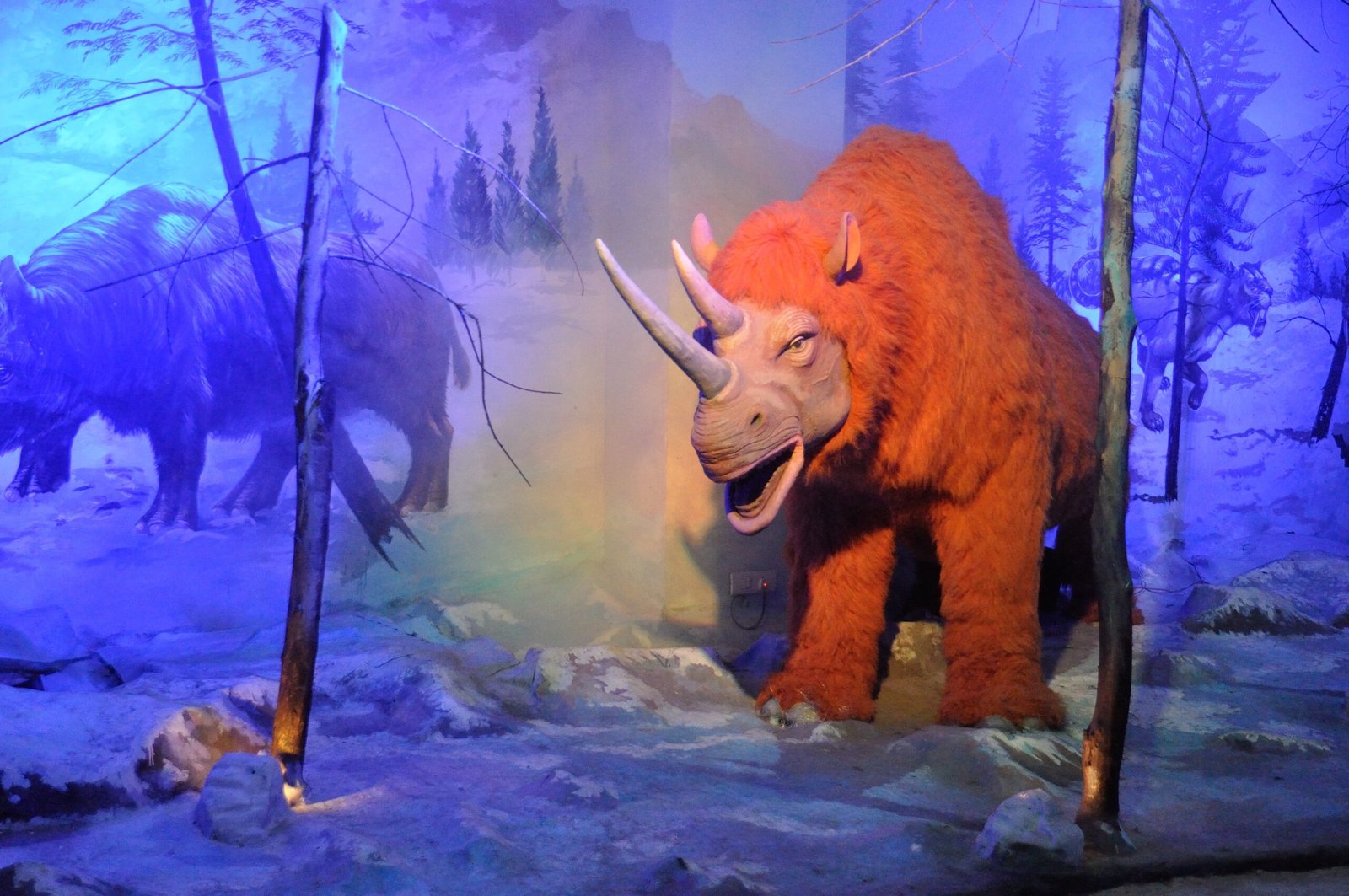
The legacy of Ice Age giants endures in our cultural heritage and scientific understanding. These majestic creatures have captured our imagination, inspiring art, literature, and folklore. Their fossils provide invaluable insights into past ecosystems, helping scientists reconstruct ancient climates and environments. The study of Ice Age giants informs our understanding of evolution, adaptation, and extinction. As we uncover their stories, we are reminded of the beauty and fragility of life on Earth. The legacy of these giants serves as a reminder of the interconnectedness of all living things and the importance of preserving our natural world.
Lessons for Modern Conservation
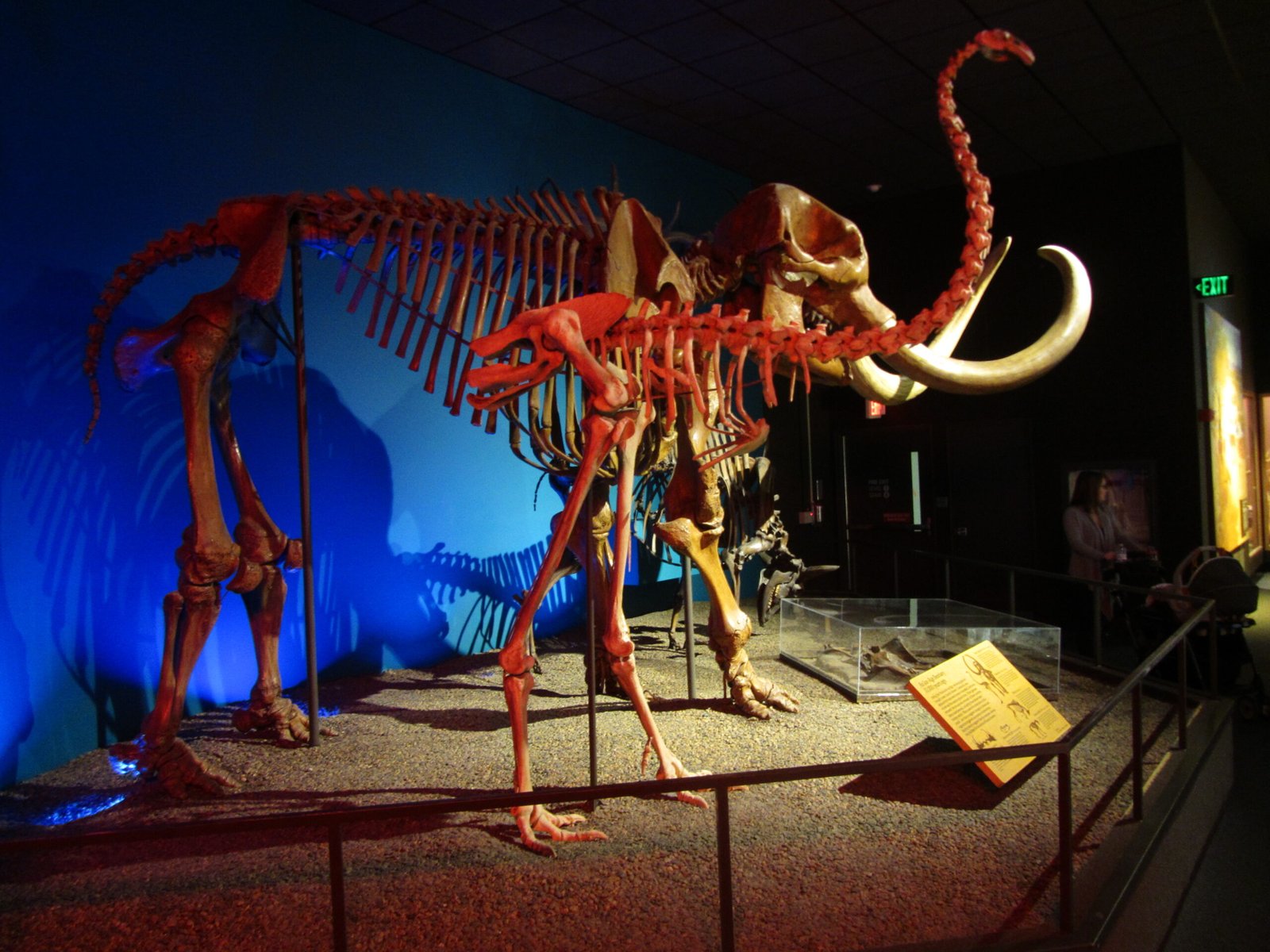
The tale of Britain’s Ice Age giants offers valuable lessons for modern conservation efforts. Understanding how these creatures adapted to past climate changes can inform strategies for protecting today’s endangered species. The concept of de-extinction, inspired by the mammoth, raises ethical questions about our role in shaping biodiversity. As we strive to preserve the natural world, the stories of Ice Age giants remind us of the importance of maintaining ecological balance. By learning from the past, we can work towards a sustainable future, ensuring that the legacy of these magnificent creatures endures for generations to come.
The Fascination with Ice Age Giants
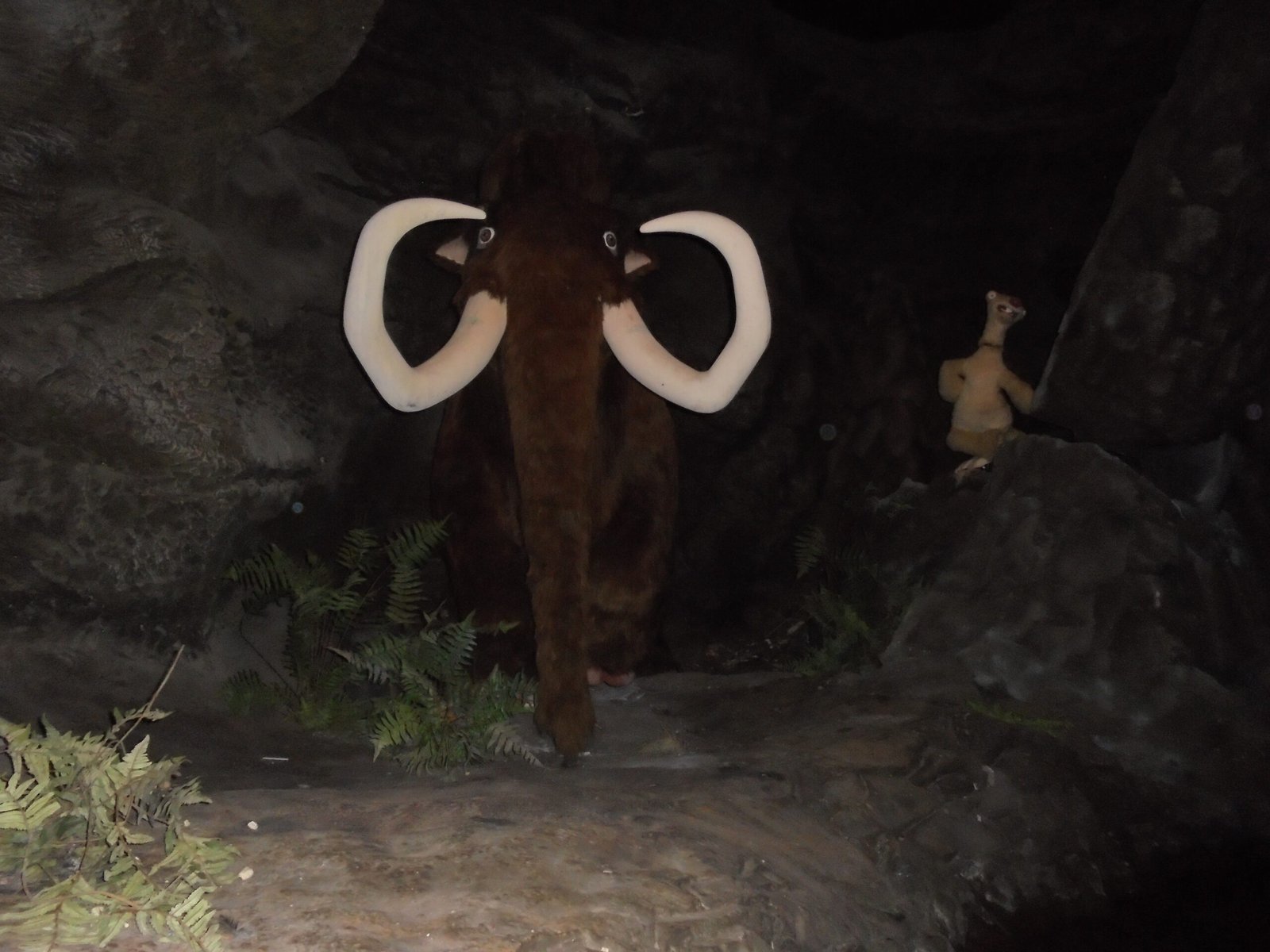
Our fascination with Ice Age giants is a testament to the enduring allure of the natural world. These creatures captivate our imagination, evoking a sense of wonder and curiosity. From the towering mammoth to the fierce cave lion, each species tells a story of survival and adaptation. The study of these giants bridges the gap between past and present, offering insights into the forces that shape life on Earth. As we explore their world, we are reminded of the beauty and complexity of nature, inspiring a deeper appreciation for the planet we call home.
The legacy of Britain’s Ice Age giants continues to inspire and educate, offering a window into a bygone era. As we reflect on their stories, we are reminded of the importance of preserving the natural world for future generations. What will you do to ensure these stories are not forgotten?




